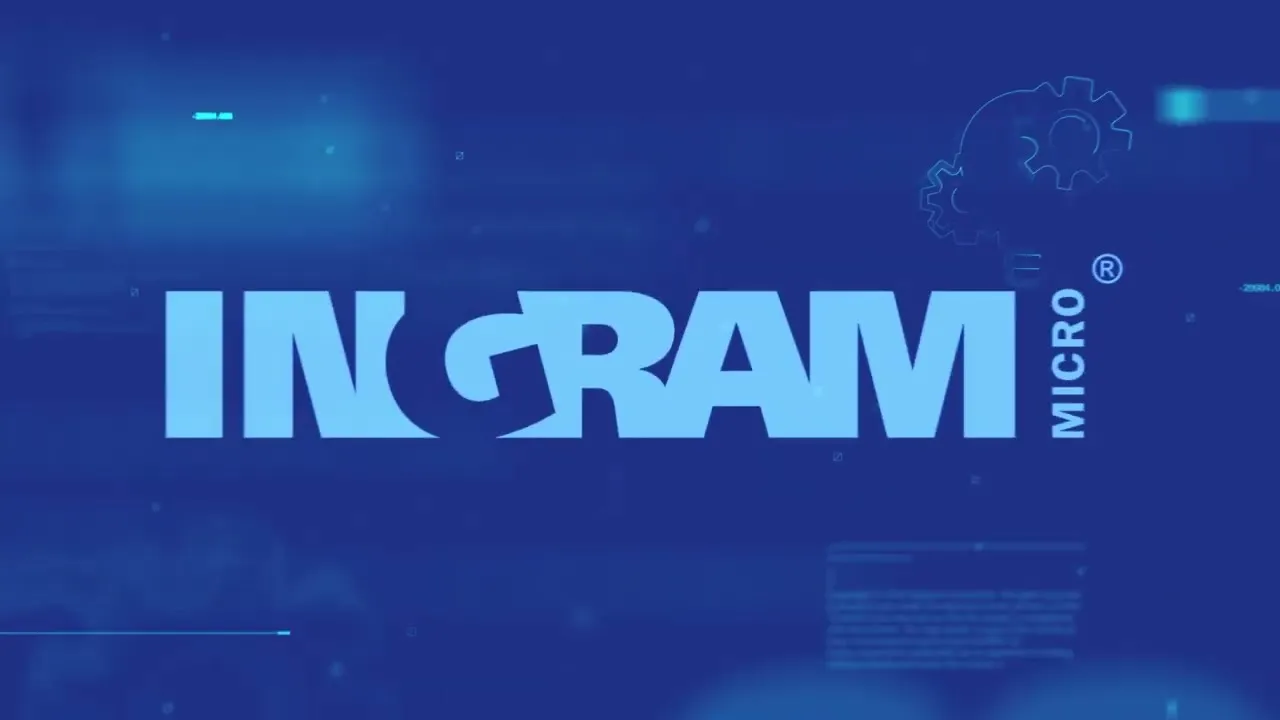On March 10, 2025, the social network X (formerly known as Twitter) experienced a significant outage, with its services going down in various parts of the world, leaving millions of users unable to access the platform. This disruption was the result of a massive Distributed Denial of Service (DDoS) cyberattack, which raised major concerns among both platform users and cybersecurity experts.
The cyberattack drew the attention of Elon Musk, the owner of X, who quickly informed the situation through a post on the same social network, accusing a "large coordinated group or a country" behind the cyberattack. This caused great alarm among users, due to the platform's vulnerability to a cyberattack.
This article by ITD Consulting aims to deeply examine the DDoS cyberattack that affected X, the possible cybersecurity implications for digital platforms and internet infrastructure, as well as the political and technological context that may have influenced this attack. Additionally, the tactics used by the attackers and the responses of the involved parties will be analyzed, with a particular focus on the dynamics between state and non-state actors in the field of cybersecurity.
The Cyberattack on X: An Unprecedented Event
From the early hours of March 10, X users began experiencing difficulties accessing the platform. While the failure of various social media platforms is not uncommon for many users, the issue with X seemed to have another origin.
According to the DownDetector outage tracking website, more than 39,000 users in the United States reported issues accessing the social network at its peak, around 10:00 a.m. ET. Difficulties in posting messages, checking notifications, or interacting with posts from other accounts were reported by users in various countries, including the United States, Europe, Asia, and Latin America.
Elon Musk, through a post on X, confirmed that the platform's outage was caused by a "massive cyberattack," which he described as a large-scale attack involving "many resources." Musk suggested that the cyberattack had been carried out by a "large coordinated group or even a country."

This statement by Elon Musk sparked debate and skepticism within the cybersecurity community, which pointed out that DDoS cyberattacks, although disruptive, do not necessarily require great sophistication or the involvement of state actors. Denial-of-service cyberattacks are often carried out by small groups of hackers or even individuals with limited resources.
Musk himself suggested in an interview with Fox Business Network that the cyberattacks originated from IP addresses located in the Ukraine area, a comment that was quickly questioned by experts, who indicated that the traffic coming from Ukraine was actually minimal compared to other regions like the United States, Vietnam, and Brazil. However, DDoS cyberattacks are notoriously difficult to trace accurately, as attackers can use various tactics to hide their identity and manipulate the involved IP addresses.
What is a DDoS attack and how does it affect digital platforms?
A Distributed Denial of Service (DDoS) cyberattack is a technique used by cyberattackers to overwhelm a server or network with a massive volume of malicious traffic. This cyberattack causes the interruption or temporary collapse of the affected services.
In a DDoS cyberattack, the data traffic can originate from a network of compromised devices, known as botnets, which are used to generate a high volume of requests towards the target, causing the server's resources to be quickly depleted and blocking legitimate user access.
Although a DDoS cyberattack does not necessarily require great technical sophistication, its ability to cause prolonged disruptions is considerable when executed in a coordinated manner. These cyberattacks can cause massive disruptions and severely affect the reputation of the targeted platform or company.
In the case of X, the DDoS cyberattack was carried out in multiple waves, which made recovery difficult for the platform and prolonged instability in its services. During the cyberattack, many users were unable to access their accounts, creating temporary chaos among users who depend on the platform for communication, business, or content consumption.
The impact of a DDoS cyberattack can go beyond the simple interruption of services. Digital platforms like X, which have millions of users worldwide, rely on the continuous availability of their services to maintain operational integrity and user trust.
In this case, the cyberattack not only affected the user experience but also compromised the platform's reputation. Additionally, the costs associated with mitigating a DDoS cyberattack can be significant, both in terms of time and resources.
Who is behind the cyberattacks?
The Dark Storm Team group, a hacker organization that emerged in 2023, has claimed responsibility for the cyberattack on X. According to sources in the cybersecurity industry, Dark Storm Team is known for carrying out high-level cyberattacks against strategic digital infrastructures.
This hacker collective has been linked to several cyberattacks directed at NATO countries, Israel, and other allied nations, suggesting that their motivations may be related to geopolitical and ideological issues. It has been noted that Dark Storm Team has a pro-Palestinian ideological orientation, which could have influenced the choice of their cyberattack targets.
In this case, the cyberattack on X could have been driven by a mix of political and operational reasons. In a message posted on Telegram, the group claimed to have "disconnected X," confirming their involvement in the cyberattack.

The choice of X as the target of the cyberattack suggests that the attackers sought to create a significant disruption on one of the most widely used platforms globally, affecting both communication and the availability of information on the internet. The fact that a hacker group like Dark Storm Team carried out this cyberattack also raises questions about the growing sophistication of cyber operations worldwide.
Increasingly, cyberattacks are being carried out by non-state actors, such as hacker groups, who operate outside of international regulations and employ cyber warfare tactics to promote their ideological or political goals. The sophistication that cyberattacks have reached today is not the only concern; it is also the fact that this level of sophistication is shared by several small hacker organizations capable of launching large-scale cyberattacks like the one executed against X.
X's Response and Implications for Cybersecurity
The X team, like many other digital platforms, is constantly engaged in a battle against cyberattacks. Although the DDoS cyberattack was quickly identified and the platform’s infrastructure teams began working on mitigation, X's response capability was tested due to the magnitude and duration of the cyberattack.
DDoS cyberattacks can be difficult to mitigate, especially when they are simultaneously carried out from multiple locations around the world. In this case, the cyberattack affected millions of users and highlighted vulnerabilities in X’s infrastructure.
Although the platform managed to restore its services after several hours of downtime, some users reported that certain services remained unstable throughout the day. The swift response from X’s team was crucial in minimizing the impact of the cyberattack, but the unpredictable nature of cyberattacks means that digital platforms must always be prepared to face these threats.
On the other hand, the cyberattack underscores the need for social media platforms to invest more in advanced cybersecurity measures. As digital platforms become increasingly attractive targets for attackers, it is essential for companies to implement more robust technological solutions, such as anomaly traffic detection, the use of real-time DDoS mitigation systems, and the enhancement of network security protocols.
Moreover, tech companies must be more transparent about cybersecurity incidents, providing clear and timely updates to their users to mitigate the impact of disruptions and foster trust. Crisis management in the face of a cyberattack is crucial to maintaining the platform's reputation.
Geopolitical Risks and the Future of Cybersecurity
The cyberattack on X also highlights the geopolitical tensions that are influencing the field of cybersecurity. The fact that a hacker group linked to political causes attacked a platform like X demonstrates how international conflicts can be transferred to the digital realm.
In this sense, cybersecurity has ceased to be merely a technical matter and has become a strategic priority. Governments, companies, and organizations must be aware that cyber threats can have a direct impact on national security, economic stability, and the reputation of institutions.
The case of X is just one of many examples of how cyberattacks can be used as a tool of political or economic pressure, emphasizing the importance of strengthening cyber defense at all levels. In the coming years, it is expected that DDoS cyberattacks and other types of cyber threats will evolve in complexity, as attackers continue to enhance their tactics and tools.
Advances in artificial intelligence, machine learning, and automation could offer attackers new ways to launch more sophisticated and harder-to-mitigate cyberattacks. This means that digital platforms and government institutions must be increasingly prepared to proactively face these threats.

The massive cyberattack that affected the X platform on March 10, 2025, highlights the growing vulnerability of digital platforms to DDoS attacks and other cyber threats. Although the cyberattack was identified and mitigated quickly, it had a considerable impact on service availability and user trust.
This incident underscores the critical importance of cybersecurity in protecting digital infrastructures and how both state and non-state actors use cyber operations to advance their political or ideological objectives.
As cyberattacks become more sophisticated and diverse, it is essential for platforms like X to strengthen their defense capabilities, invest in advanced cybersecurity solutions, and be prepared to face the growing threat of cyber warfare. Otherwise, the risks to the stability of the internet, the digital economy, and global security will continue to rise.
To mitigate the risks associated with DDoS cyberattacks and improve online security, it is crucial to implement DDoS mitigation solutions. These solutions are designed to filter and block malicious traffic before it reaches critical infrastructure, thus ensuring the continuous availability of the service and minimizing the impact of potential disruptions.
In this regard, companies must ensure they have real-time protection technology to effectively counter these cyberattacks. Additionally, distributing server infrastructure across multiple data centers is a key strategy for protecting against DDoS cyberattacks.
Geographic redundancy and the distribution of servers across different locations allow, in the event of a cyberattack on one data center, others to continue operating without interruption. This helps mitigate the impact of a cyberattack that could affect a single point of failure, ensuring that the service remains operational despite adversity.
Equally important is the continuous monitoring of network traffic in real time. This allows for the identification of unusual patterns that may indicate an ongoing cyberattack, providing security teams the opportunity to intervene immediately. The ability to detect cyberattacks early improves incident response and reduces platform downtime.
In the event of a cyberattack, having well-established contingency and communication plans is essential. Platforms should have clear protocols in place to handle disruptions and an effective communication system to inform users and other stakeholders about the steps being taken to resolve the issue.
These plans are not only crucial to minimize operational impact but also to maintain user trust, as they rely on the platform for their daily interactions.
Finally, staff training is another crucial aspect of preventing and mitigating cyberattacks. Employees who understand current cyber threats and best security practices can significantly reduce the risk of an attack being successful.
Ongoing training and awareness of emerging threats are essential to maintaining long-term security and preventing human error from contributing to the success of an attack.
Adopting these measures can significantly strengthen defenses against DDoS cyberattacks and other cyber threats. Digital platforms must prepare for an increasingly hostile environment, ensuring that they not only respond efficiently when incidents occur but also proactively protect themselves to ensure the long-term stability and reliability of their services.
If you want to learn more about cybersecurity measures against sophisticated cyberattacks like the one X experienced, contact us at [email protected]. We have a dedicated team to provide you with the best cybersecurity solutions.





